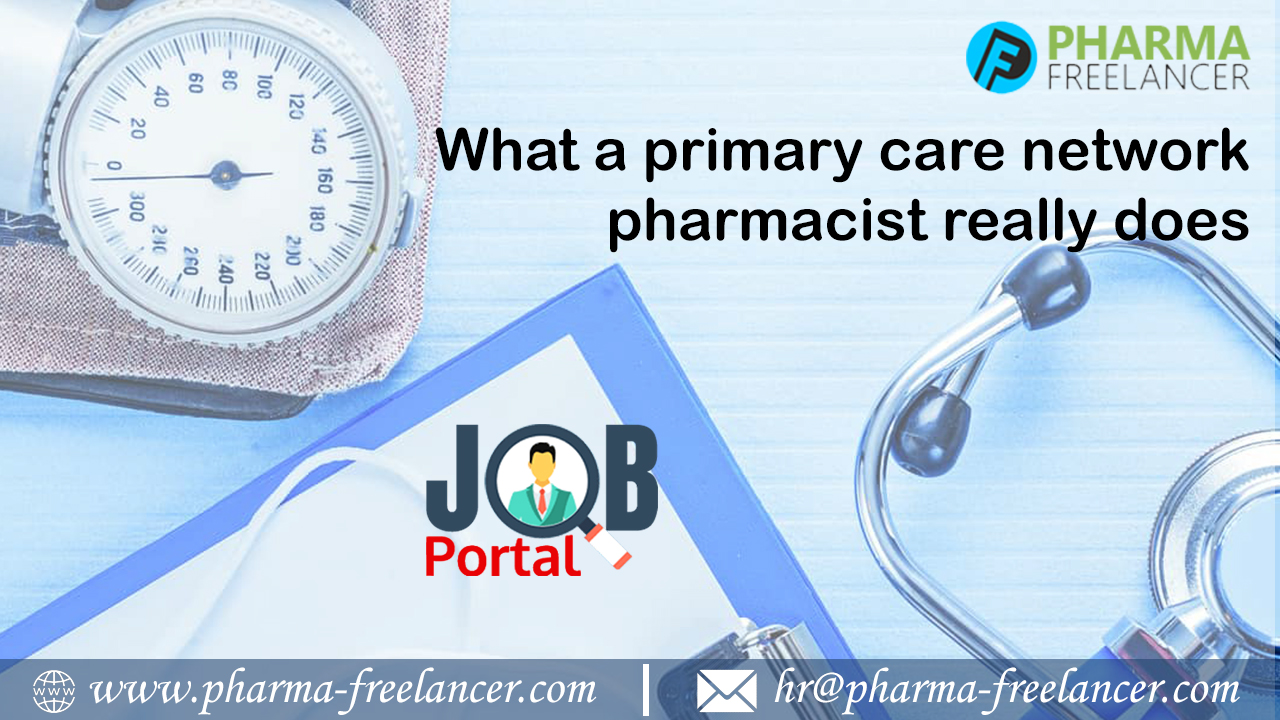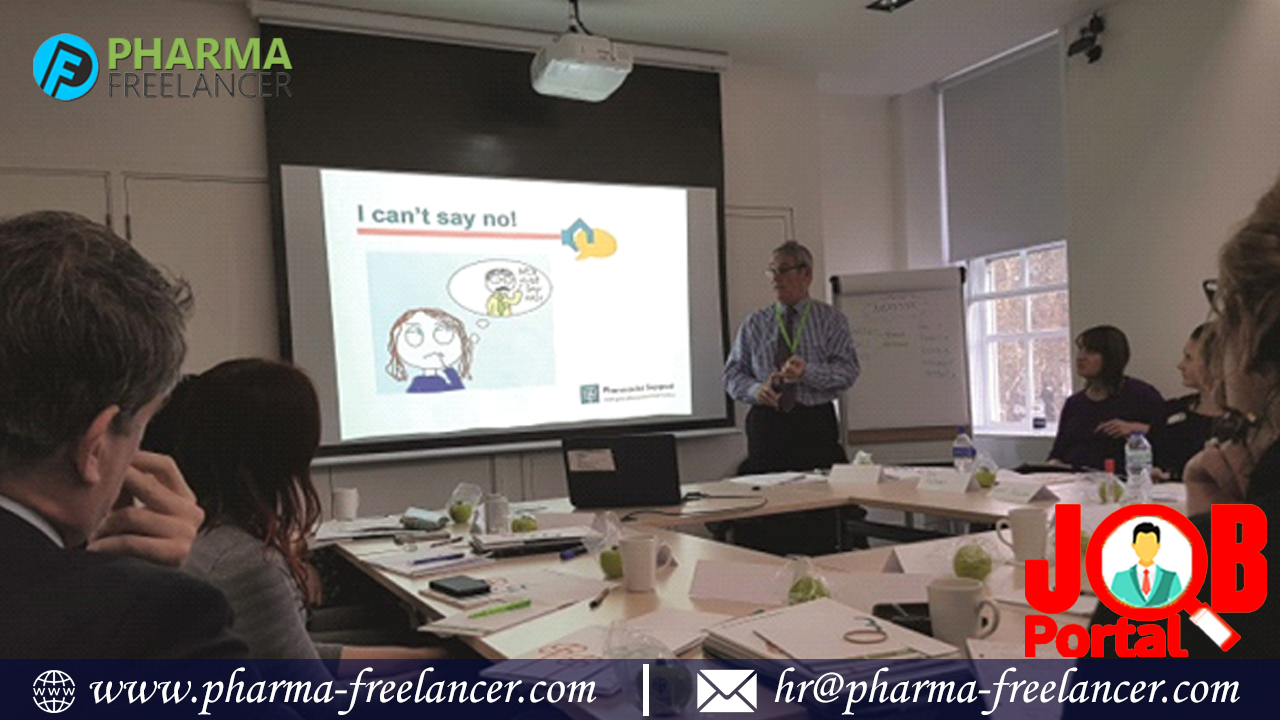What a primary care network pharmacist really does?

The pharmaceutical and healthcare industry is growing steadily. In order to prevail against the increasing competition, it requires a good medical professional at the initial level treatment. Medical primary care network pharmacist is the focused, medication-centered health professionals who can look at high-risk drugs and initiate protocols to prevent under-monitoring and dosage errors. This role is establishing a pharmacy in primary care practice with intensive care.
The main difference between the job as a community pharmacist and PCN role is that the doctor will be able to choose what they focus on.
There’s so much that pharmacists can do to improve prescribing safety and monitoring of medications. It’s great to be able to choose a subclass of a drug and get stuck into the patient data to find patterns and solve problems. Sometimes a problem has always been there; it just needed someone with the time to look into it.
According to the BMJ Open study conducted by researchers from various UK hospitals, The average time that India's primary care consultants, spend with patients is a negligible two minutes. Bangladesh and Pakistan seem worse off, with the length of medical consultation averaging 48 seconds and 1.3 minutes, respectively.
Contrast this with first-world countries such as Sweden, the US or Norway where a consultation crosses 20 minutes on an average. In worldwide 18 countries covering around 50% of the world's population have a latest-reported mean consultation length of five minutes or less. Such a short consultation length is likely to adversely affect patient care and the workload and stress of the consulting physician
The new age primary care network pharmacist practices different methods for introducing medication dosage review and it seems problem-solving into the field of medical professionals. So they can address all the healthcare issues in a whole new way.
For example, if patients taking direct oral anticoagulants (DOACs). It is eye-opening to find that in some surgeries, more than half of patients on DOACs needed an up-to-date blood test or dosage reviews so there are not enough resources to keep on top of these things. That’s where PCN pharmacists start their tasks of medication.
After that put all energy into auditing the practice they are in at the time, as well as comparing data from the other two practices the work in, to come up with a combined action plan to affect the most positive change.
From time to time, Pharmacists also holds PCN meetings with the three lead GPs from each practice, alongside their practice managers, to make sure everyone is on the same page, and that all of our individual practice goals are being met, alongside the PCN’s wider goals.
One thing that makes this role so interesting is that no surgery is identical. If PCN has one surgery that is doing well in a particular clinical area or patient group, and they can use that as a model in a surgery that may be struggling with the same issue.
Some problems are universal and need a one-size-fits-all approach so pharmacists plan to focus on the patients who have been left by the wayside to order repeat after repeat of their pain medications while waiting for their ever-pending pain review.
Taking the leap into the unknown is scary, but and it is interesting to see its outcome as the primary level prescribing course starts in a couple of weeks with the care of older people agreed as to their scope of practice. The pharmacist will eventually be able to affect even more change through prescribing or certainly prescribing, for their PCN patient base.
The primary treatment matters most to patients. Pharmacists recruited with the PCN additional role have to maintain the integrity of medical service and punctuality of time to improve the safety of medicines ordering and administration.
Latest Blog List

Workforce planning in a changing landscape for pharmacy

Are We Paying Enough Attention to Data Security in Digital Health?

A pharmacist's guide to becoming more assertive.

Six ways to survive working as an on-call pharmacist

Reputational management: does pharmacy need it?

What I learnt from running a pharmacy focus group

Five alternative careers for pharmacists

Seven things you need to know about polypharmacy

A vision for the future of community pharmacy

How will technology aid an ageing world?